A new study published in the journal One Earth reveals that the way ecosystems collapse—abruptly or gradually—may depend on internal complexity, much like how magnetic materials behave under stress.
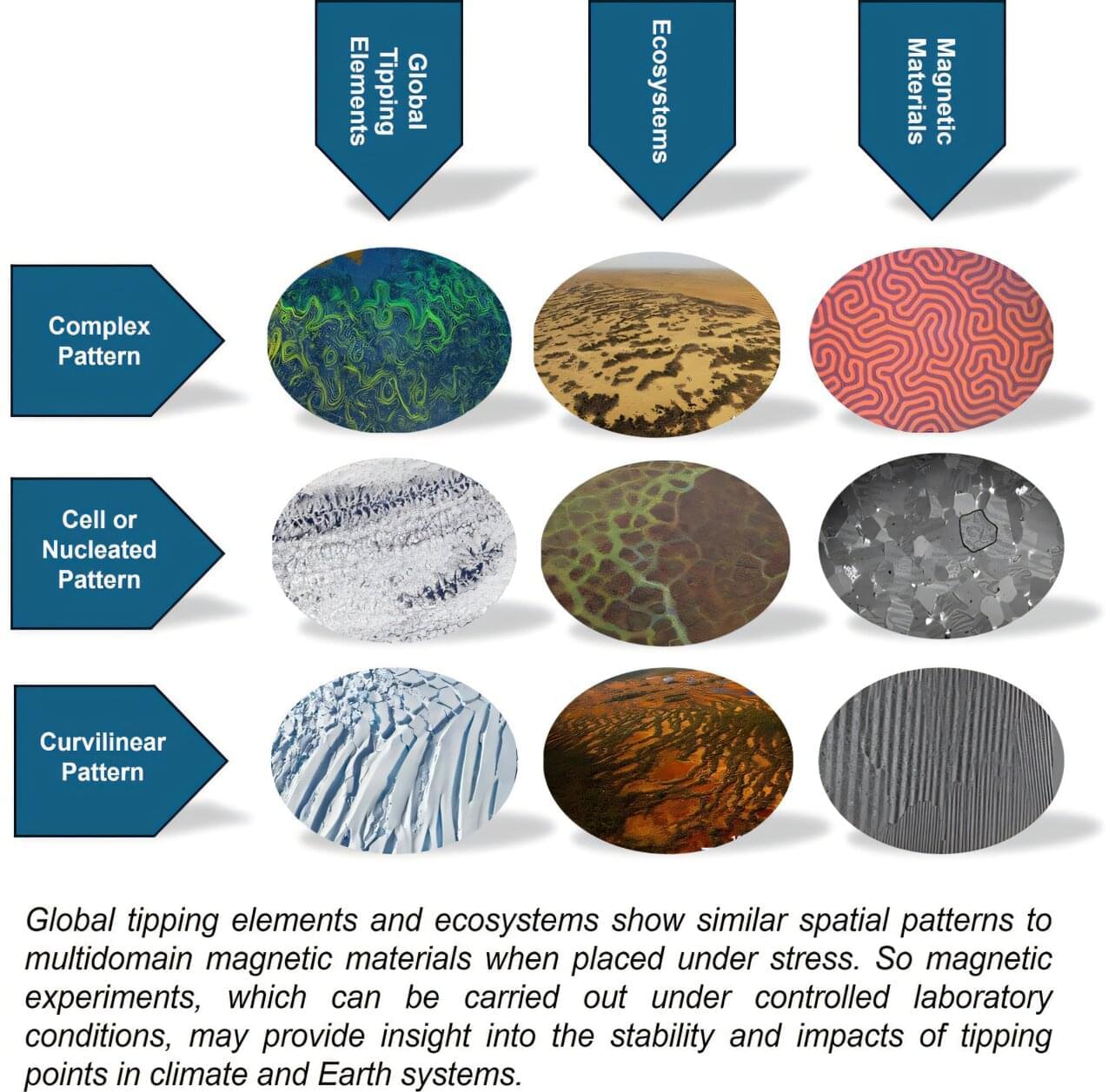



Research from the University of Minnesota Twin Cities gives new insight into a material that could make computer memory faster and more energy-efficient.
The study was recently published in Advanced Materials, a peer-reviewed scientific journal. The researchers also have a patent on the technology.
As technology continues to grow, so does the demand for emerging memory technology. Researchers are looking for alternatives and complements to existing memory solutions that can perform at high levels with low energy consumption to increase the functionality of everyday technology.
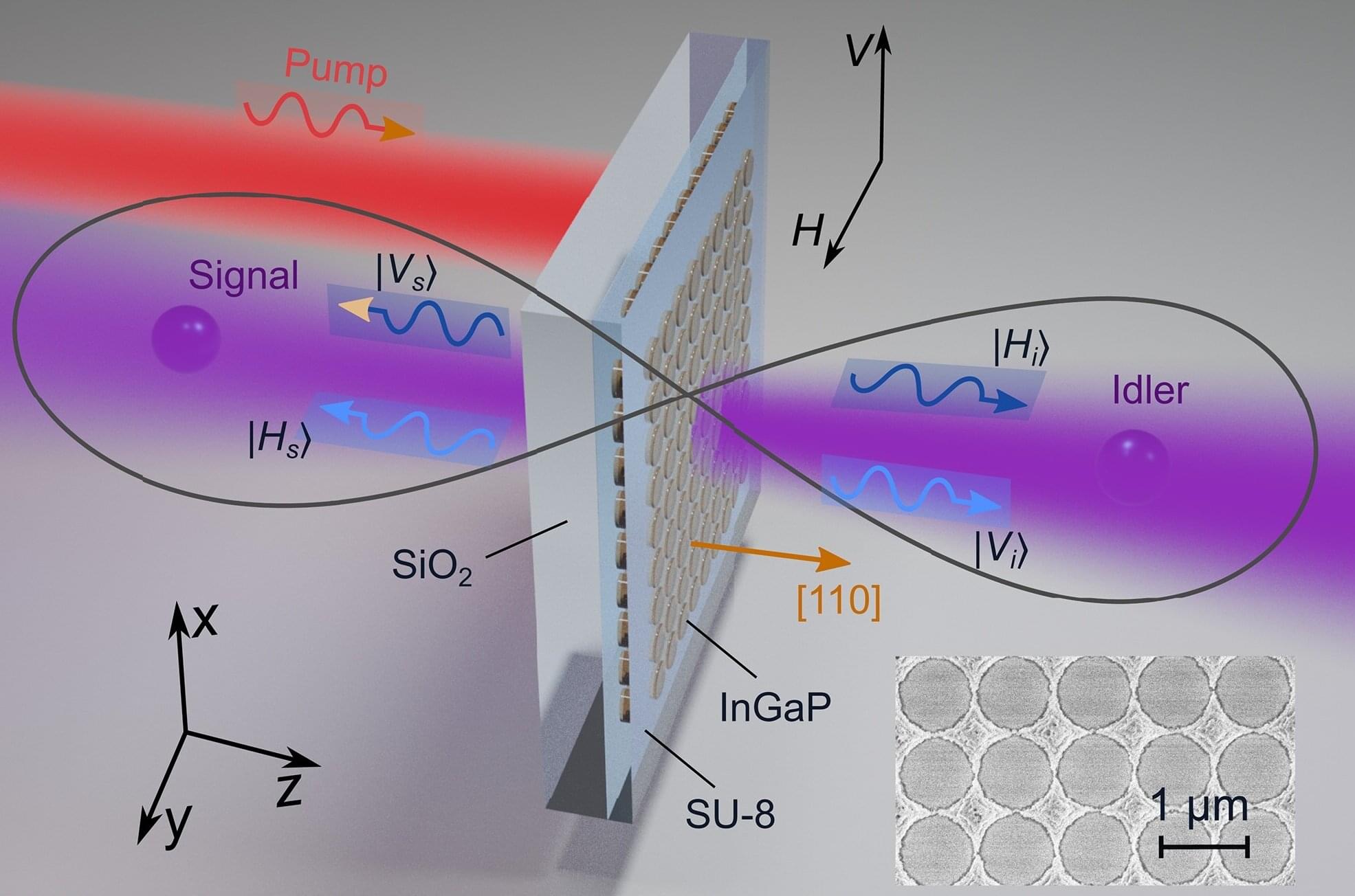
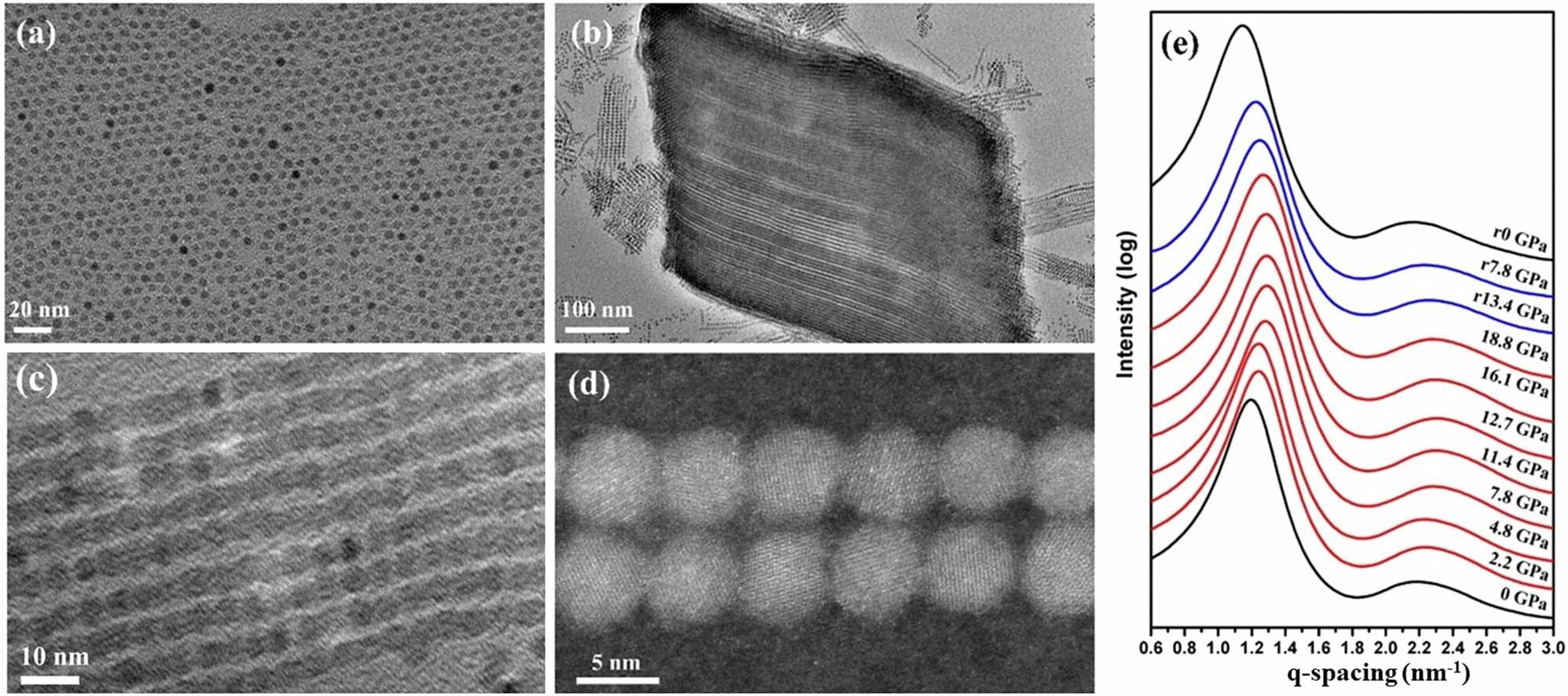
Researchers at The University of Texas at Arlington have discovered a surprising new type of magnetic property that could lead to stronger magnets made from tiny particles of common iron oxide. This finding could enhance the performance of everyday technologies while reducing the need for rare-earth metals—materials that are more costly, less sustainable and harder to obtain.
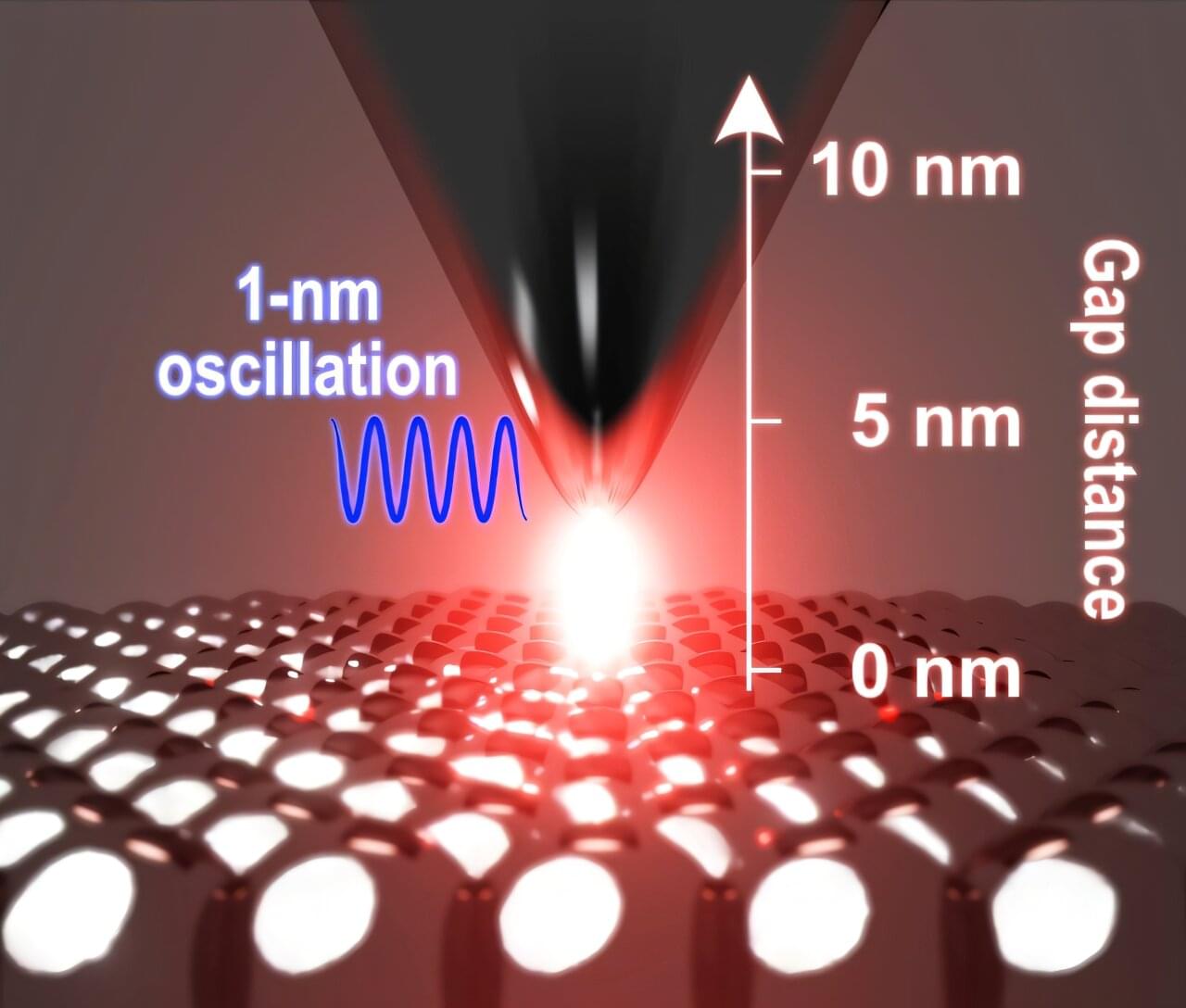
Understanding the interaction between light and matter at the smallest scales (angstrom scale) is essential for advancing technology and materials science. Atomic-scale structures, such as defects in diamonds or molecules in electronic devices, can significantly influence a material’s optical properties and functionality. To explore these tiny structures, we need to extend the capabilities of optical microscopy.
Researchers at the Fritz-Haber Institute of the Max-Planck Society, Germany, and their international collaborators at Institute for Molecular Science/SOKENDAI, Japan and CIC nanoGUNE, Spain have developed an approach to scattering-type scanning near-field optical microscopy (s-SNOM) that achieves a spatial resolution of 1 nanometer. This technique, termed as ultralow tip oscillation amplitude s-SNOM (ULA-SNOM), combines advanced microscopy methods to visualize materials at the atomic level.
The work is published in the journal Science Advances.

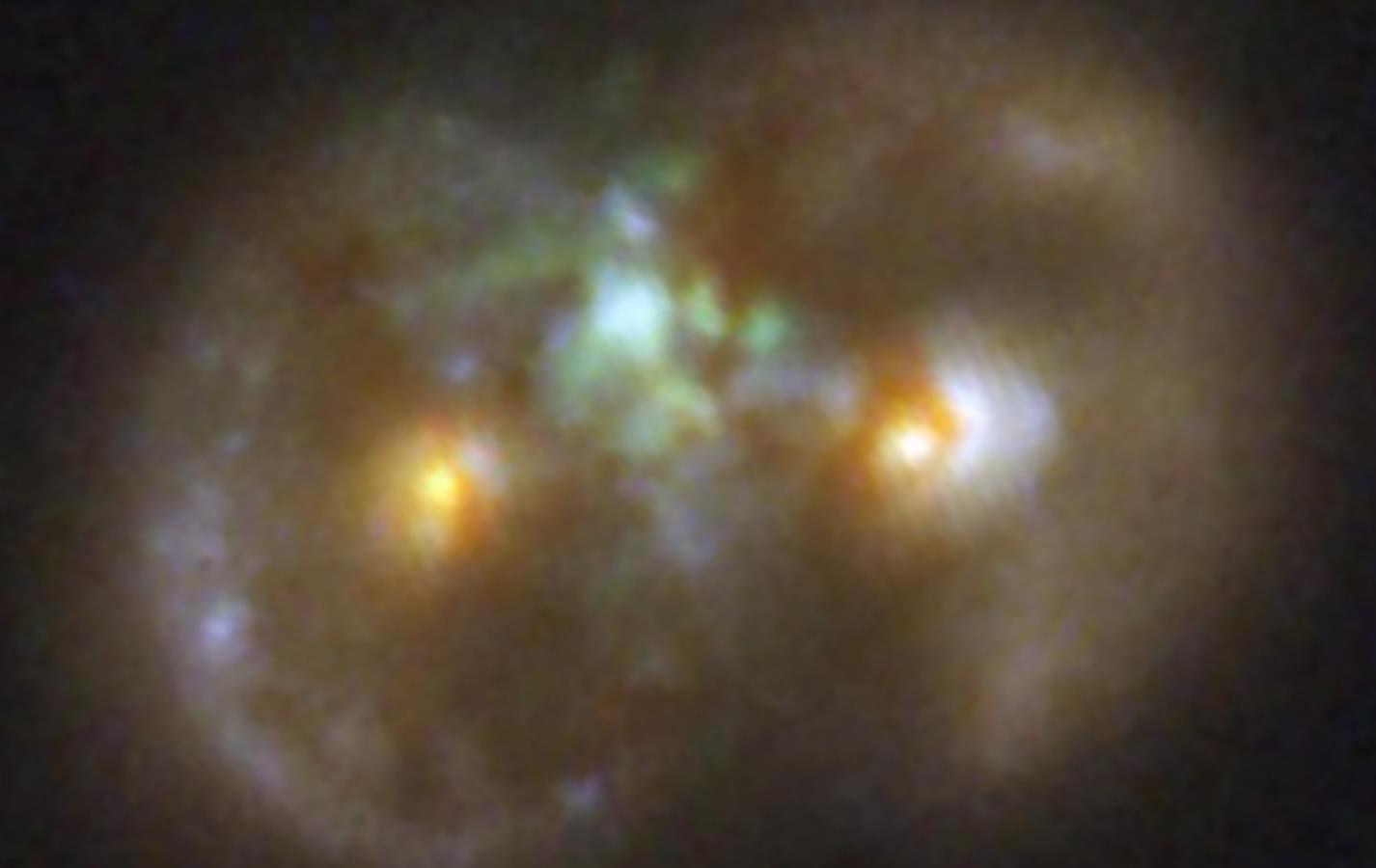
The researchers behind these findings uncovered the Infinity Galaxy while examining images from the JWST’s 255-hour treasury COSMOS-Web survey. In addition to the suspected direct collapse black hole that sits between the colliding galaxies, the team found that each nucleus of those galaxies also contains a supermassive black hole!
“Everything is unusual about this galaxy. Not only does it look very strange, but it also has this supermassive black hole that’s pulling a lot of material in,” team leader and Yale University researcher Pieter van Dokkum said in a statement. “The biggest surprise of all was that the black hole was not located inside either of the two nuclei but in the middle.
We asked ourselves: How can we make sense of this?


“The result was a huge surprise for us. No theory has ever predicted it,” says Davide Bossini.
Not only does the process work—it also has spectacular effects. By driving high-frequency magnon pairs via laser pulses, the physicists succeeded in changing the frequencies and amplitudes of other magnons—and thus the magnetic properties of the material—in a non-thermal way.
“Every solid has its own set of frequencies: electronic transitions, lattice vibrations, magnetic excitations. Every material resonates in its own way,” explains Bossini. It is precisely this set of frequencies that can be influenced through the new process.